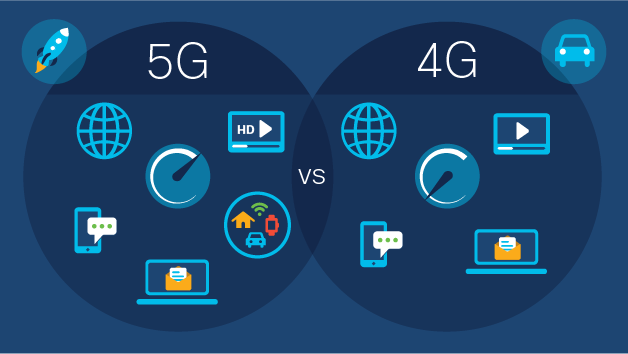How is 5G different from 4G?
5G networks are designed to be open and virtualized, allowing individual services with different performance requirements to share the same infrastructure. The virtualization of functions effectively separates software from hardware implementations. This allows each function to be scaled independently and distributed optimally, with respect to available bandwidth capacity and latency requirements. Distributed architectural design, enabled through control/user plane separation, allows operators to position functions and services where they can best service the end user.
The arrival of 5G coincided with the maturation of technologies that promote open, agile, and flexible capabilities across the network. Specifically, disaggregated and distributed software-defined network solutions, virtualization, and cloud-native functions were at least as impactful as the 5G radios.
Why was 5G needed?
4G began to show its limits under usage growth, precisely at a time when new technologies were about to place huge new demands on networks. In fact, the success of technologies such as Internet of Things (IoT) devices, web-based artificial intelligence (AI) applications, and autonomous vehicles and machines required the availability of a robust, high-performing network with increased speeds, lower latency, and greater capacity.
The technologies that brought the next generation of cloud services and connected experiences—such as augmented and virtual reality—needed 5G's performance and flexible architecture to reach their full potential.
When did 5G become available?
While mobile carriers were anxious to lead their markets in launching 5G, the journey to ubiquitous 5G availability was a marathon, not a sprint. Availability required new physical infrastructure, as well as time for developers and device makers to adjust to 5G's new architectures.
Achieving 5G availability depended on a complex mix of factors, in addition to new infrastructure. For example, one method 5G uses for load balancing is carrier aggregation; one carrier's 5G phones might not have benefitted from performance improvements until other carriers finished their infrastructure upgrades.
Enterprises were keen to implement 5G for their own digital transformation. Private 5G network services were viewed as the fastest and possibly best way for businesses to use the technology to benefit their business and customer experiences.
